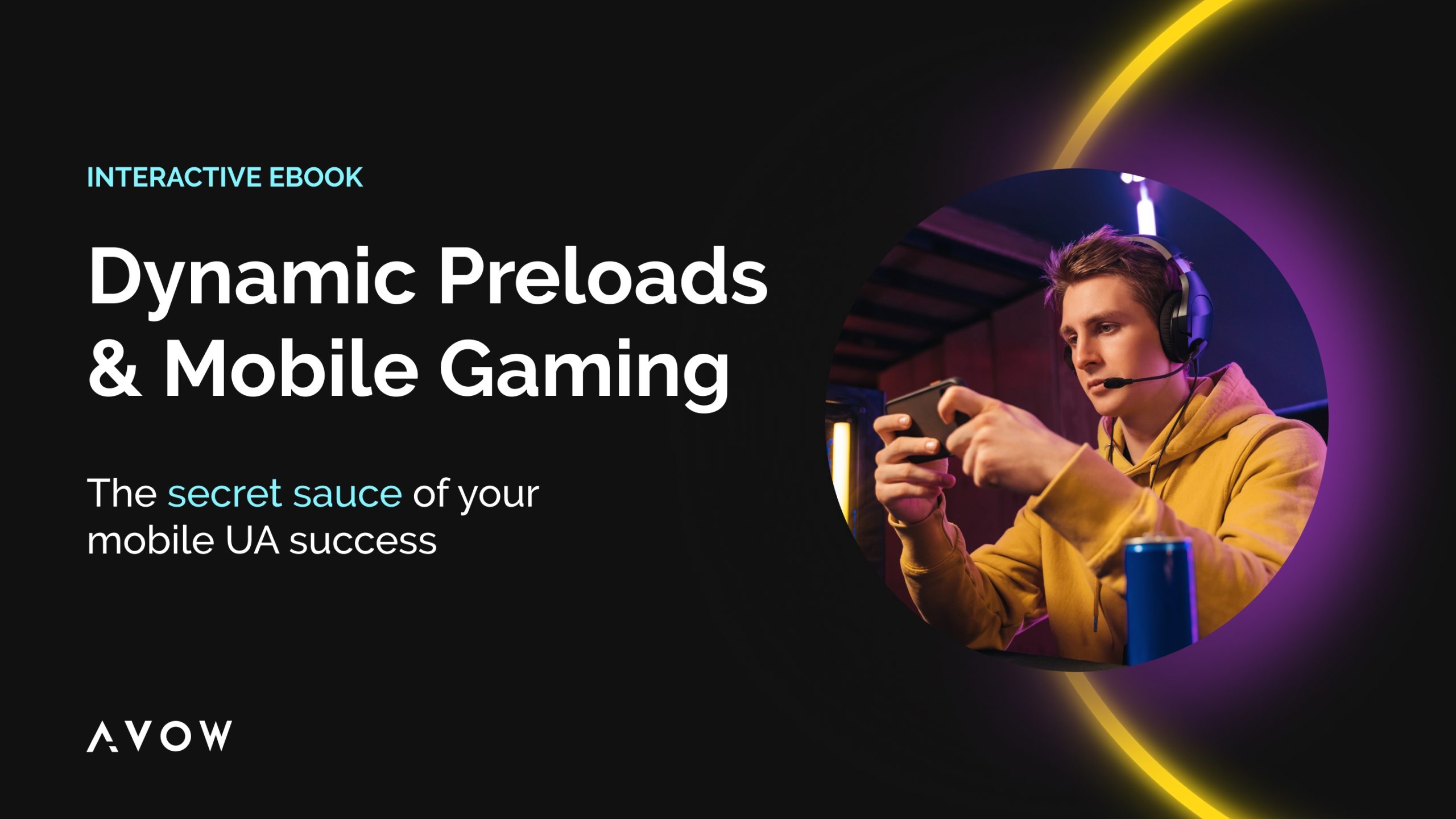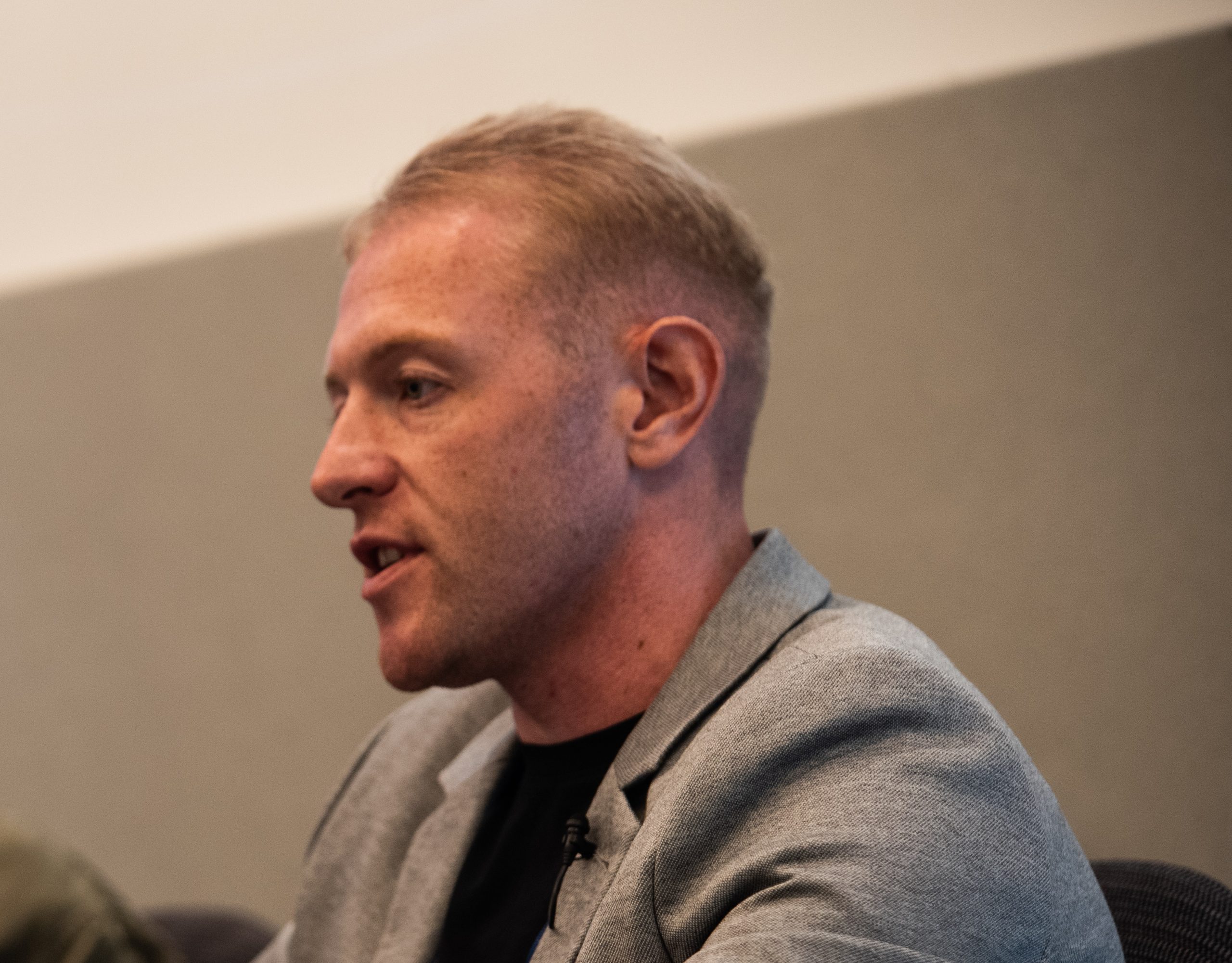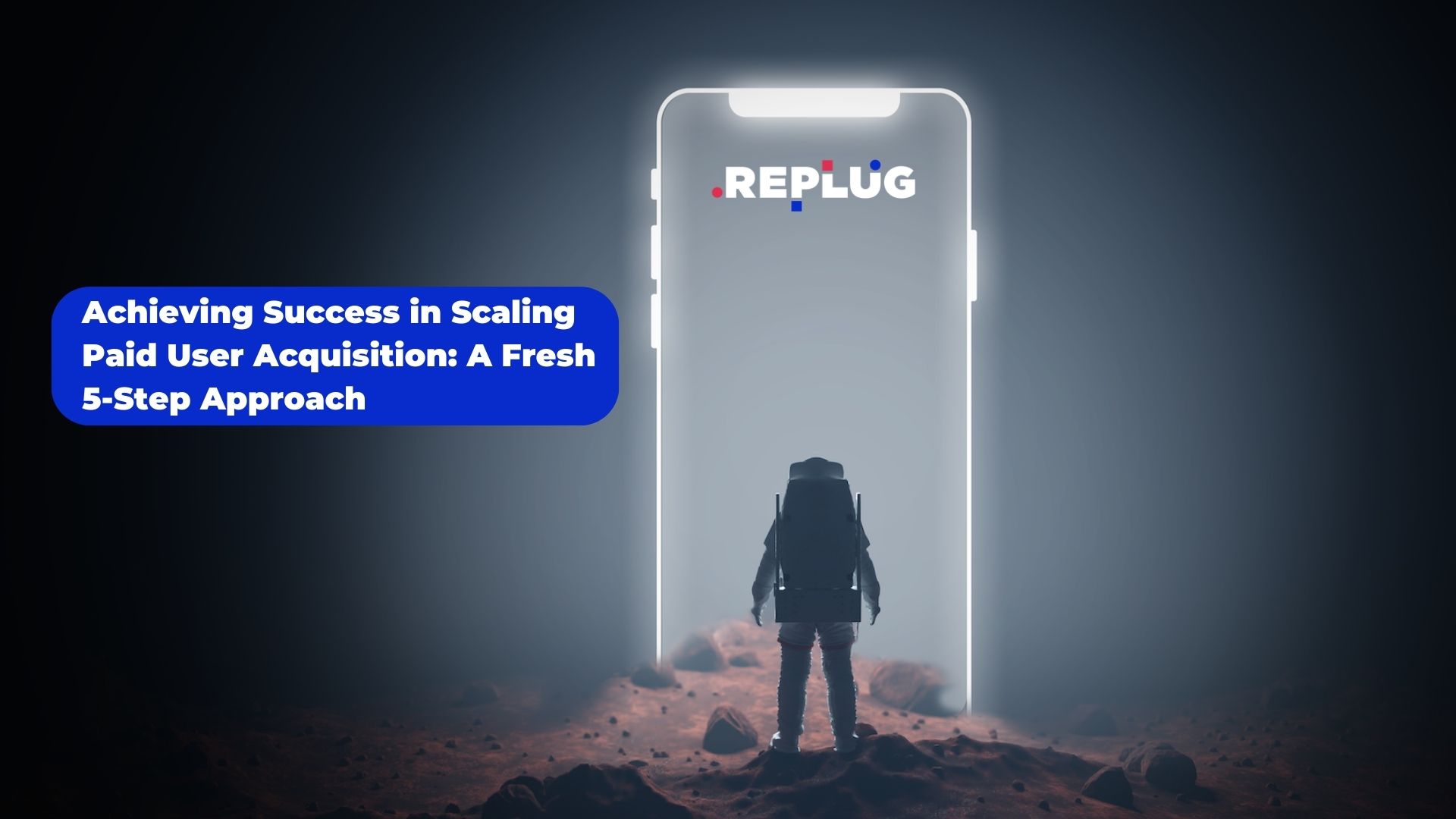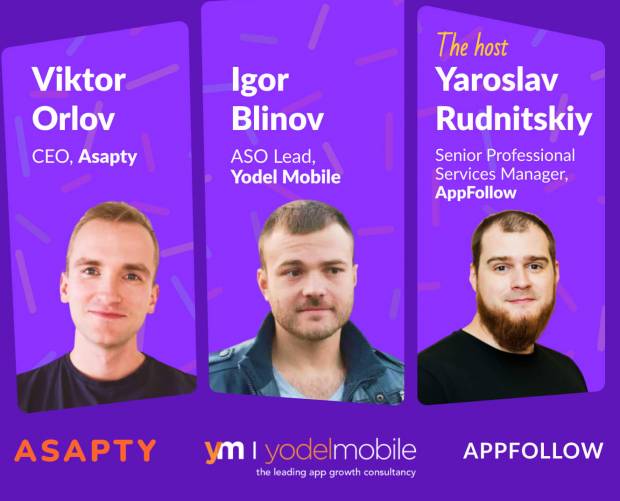Jenny Stanley, MD at Appetite Creative, looks at how connected experiences can drive engagement with consumers, and sales, throughout the year.
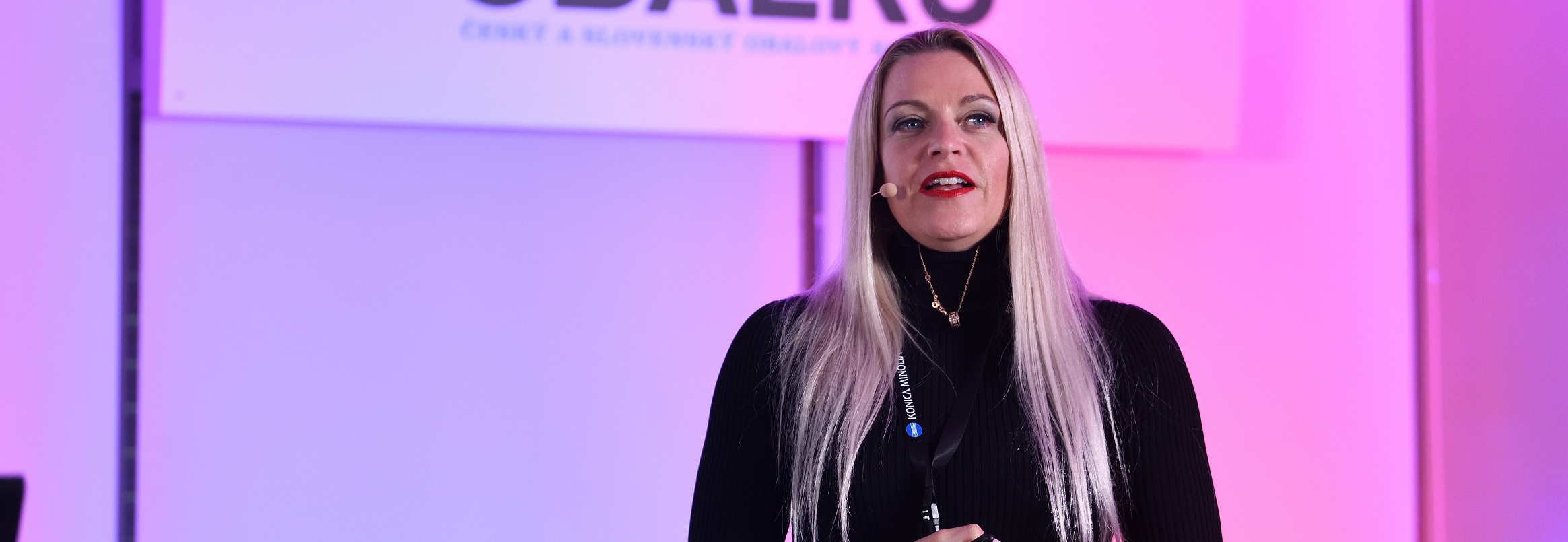 Tapping into key diary dates, live events and seasonal celebrations is de rigueur in marketing. Preparation for Christmas starts in July, Halloween paraphernalia abound as the new school term starts, and Easter eggs can be hunted as early as December. Sponsorship of sporting moments, movie releases and live events is often peppered into advertising strategies, alongside seasonal activity.
Tapping into key diary dates, live events and seasonal celebrations is de rigueur in marketing. Preparation for Christmas starts in July, Halloween paraphernalia abound as the new school term starts, and Easter eggs can be hunted as early as December. Sponsorship of sporting moments, movie releases and live events is often peppered into advertising strategies, alongside seasonal activity.
As we approach a raft of holidays, from Halloween to Thanksgiving, Diwali to Christmas, is there a better way for brands to target key customers seasonally, beyond sponsorship and mass advertising campaigns?
Fundamental principles
Adopting the same fundamental principles across tech-led experiences gives brands the opportunity to tailor branding, content and approach, making it more relevant to key audiences, as well as seasonally relevant. Through innovative technology, such as connected experiences, they’re able to better understand consumers through first party data, optimise marketing, drive sales, educate customers, and improve two-way customer communications. As well as easily adapting and updating the content in real-time.
Connected experiences are accessed by scanning unique QR codes, NFC chips or barcodes found on packaging. By scanning the code using a smartphone camera, users are taken to a browser-based app, offering product information, discount codes, competitions and interactive games or augmented reality (AR) experiences.
We typically see engagement times of around three minutes, not only improving brand loyalty but opening a two-way dialogue with consumers. This enables the brand to establish a stronger brand presence, gather valuable insights, and create enhanced user experiences that increase product engagement.
Market Research Future (MRFR) estimates the Smart Packaging Market to be worth USD £61.91bn (£54.65bn) by 2027. The market was valued at $39.82bn in 2020. Importantly, connected experiences drive sales and high consumer engagement. Tetra Pak claims that connected experiences deliver a 20 per cent increase in sales.
So how can connected experiences successfully be paired with seasonal moments or live sporting events?
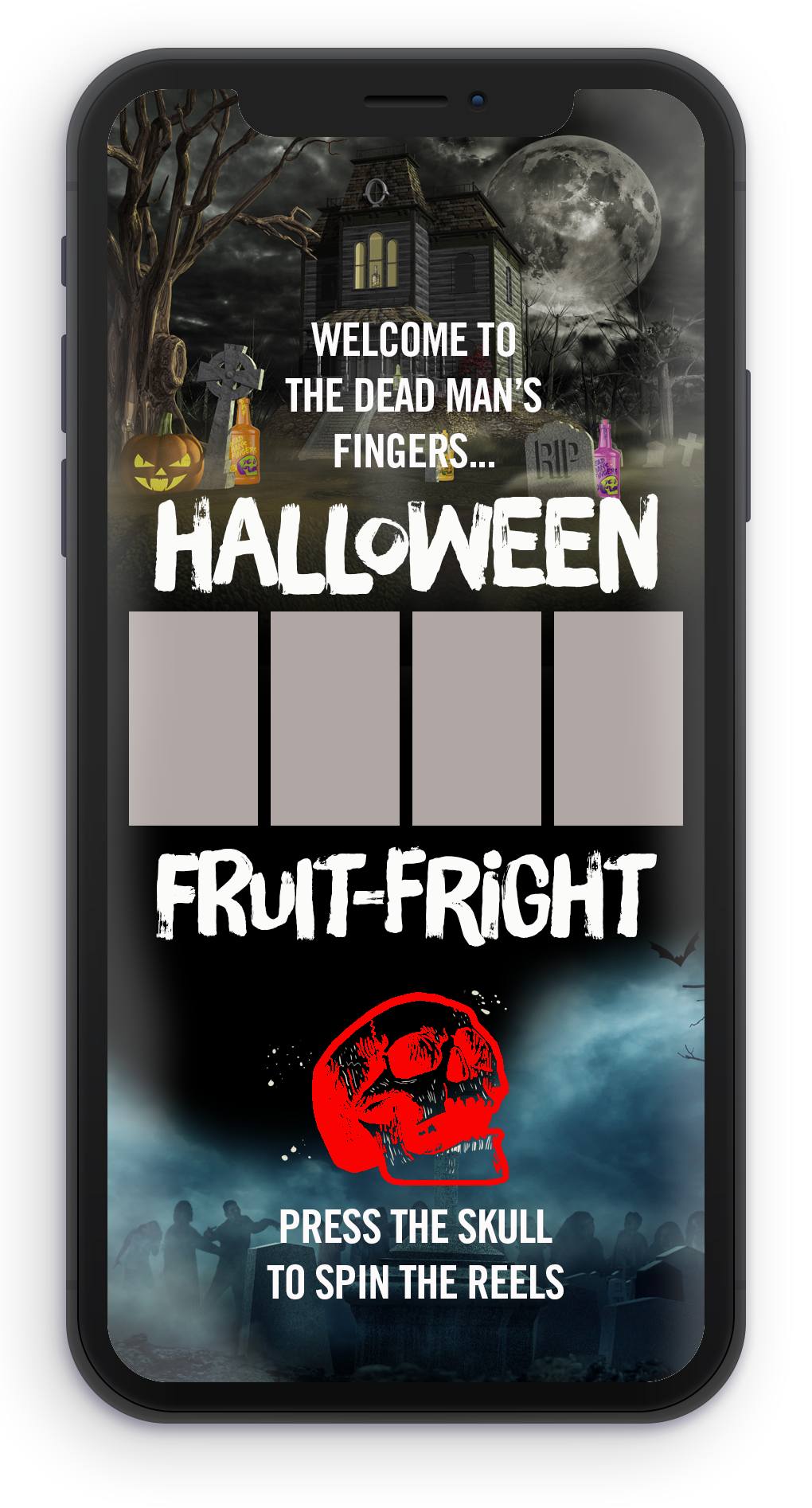 UK-based alcoholic drinks producer, Halewood Artisanal Spirits launched a spooky app-based game in time for Halloween last year with its unconventional spiced rum brand, Dead Man’s Fingers. The ‘fruit machine’ app-based connected experience drove website traffic and purchases during the Halloween period. The game, accessed via QR codes found on wooden cocktail stirrers served with the favourite rum flavours, offered users instant prizes including branded caps, t-shirts, beach towels and lanyards, bringing frightening interactive fun to customers, available in over 700 pubs in the UK. This drove repeat purchases and encouraged users to play and win a second time, with a re-scan rate of 2.4 times per user.
UK-based alcoholic drinks producer, Halewood Artisanal Spirits launched a spooky app-based game in time for Halloween last year with its unconventional spiced rum brand, Dead Man’s Fingers. The ‘fruit machine’ app-based connected experience drove website traffic and purchases during the Halloween period. The game, accessed via QR codes found on wooden cocktail stirrers served with the favourite rum flavours, offered users instant prizes including branded caps, t-shirts, beach towels and lanyards, bringing frightening interactive fun to customers, available in over 700 pubs in the UK. This drove repeat purchases and encouraged users to play and win a second time, with a re-scan rate of 2.4 times per user.
Working with a popular dairy food and beverages brand, we looked to raise awareness of a milk and fruit drink range as families returned to schools and offices in September. Reconnecting with customers after the holidays, the game aimed to encourage them to make the healthy and wholesome range of drinks a lunchbox staple.
The interactive connected experience included fun games the whole family could enjoy. A 2D ‘School Run’ racing game which had to be completed before then accessing a 3D augmented reality (AR) three-level jump game ‘What’s in my Lunchbox’, with shareable AR selfie filters and a leader board so players could get competitive.
The web-based app tracked real-time interaction, such as flavour scanned, average engagement time, location, scan rate, number of visitors, return visitors and social media shares, to enable the brand to optimise marketing.
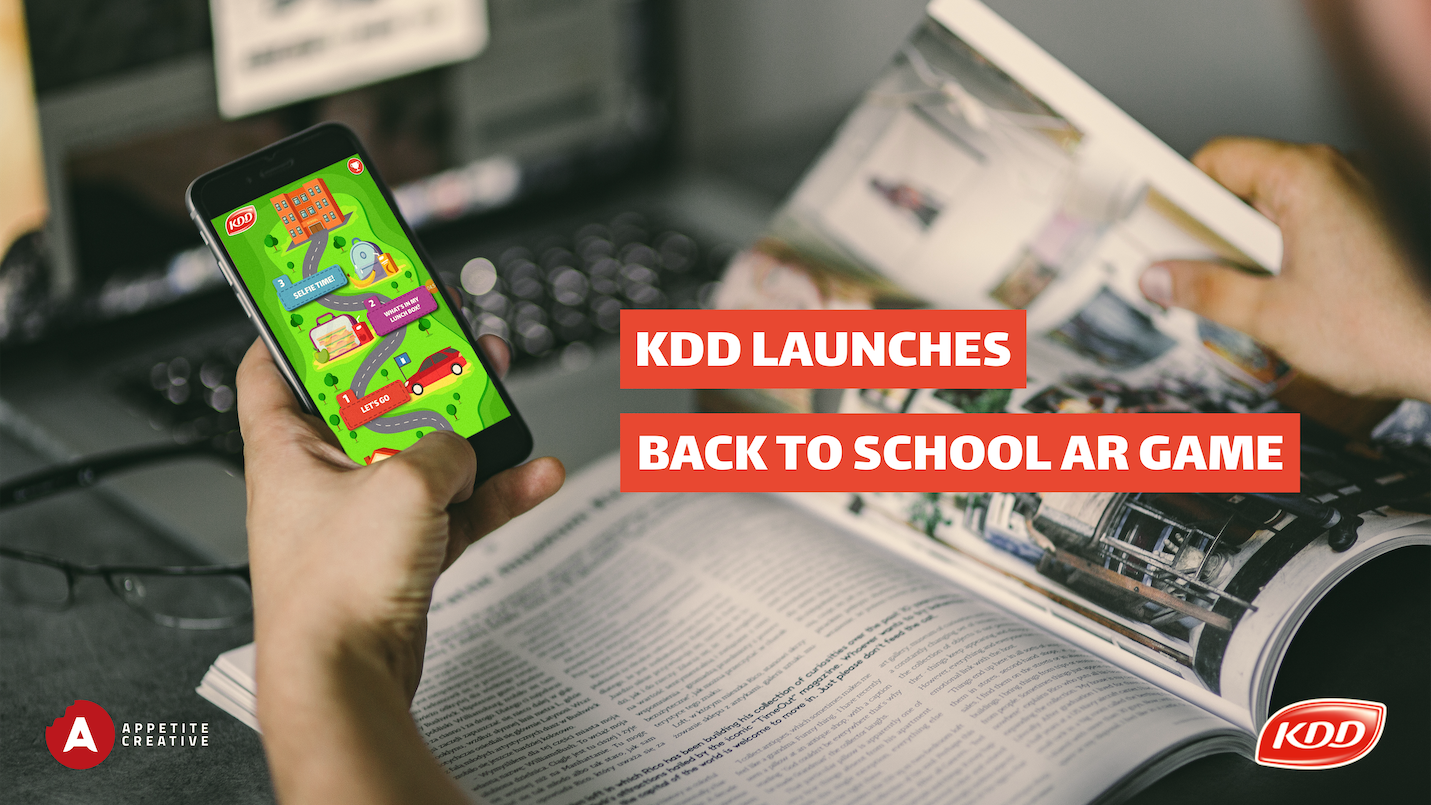 The results were outstanding – with over 97,000 scans and 9,900 Registrations. Over 8,500 of those who engaged took selfies, with 3, 200 people sharing them on social media – with WhatsApp being the most popular place to share – seeing a 67 per cent share across that channel. The average time spent was over two and a half minutes, showing that customers enjoyed the experience, with less than 1 per cent bounce rate (compared to the usual, over 30 per cent). This showed that most users engaged with the app, and in fact, it achieved a 70 per cent engagement rate. The number of users doubled from September to October as word about the games spread. In fact, the link to the connected experience app was shared over 3,200 times – showing incredible word of mouth and the positive impact of a supporting social media campaign.
The results were outstanding – with over 97,000 scans and 9,900 Registrations. Over 8,500 of those who engaged took selfies, with 3, 200 people sharing them on social media – with WhatsApp being the most popular place to share – seeing a 67 per cent share across that channel. The average time spent was over two and a half minutes, showing that customers enjoyed the experience, with less than 1 per cent bounce rate (compared to the usual, over 30 per cent). This showed that most users engaged with the app, and in fact, it achieved a 70 per cent engagement rate. The number of users doubled from September to October as word about the games spread. In fact, the link to the connected experience app was shared over 3,200 times – showing incredible word of mouth and the positive impact of a supporting social media campaign.
Connected packaging campaigns regularly generate a 14 per cent scan/clickthrough rate (CTR), much higher than a digital advertising campaign, which usually has a CTR of around 0.01 per cent. It’s not only impactful, but also cost effective. The average cost per digital advertising click is £1.50, whereas a ‘click’ or scan on packaging is technically ‘free’, giving brands a compelling reason to use connected packaging.
The opportunities available via connected experiences are infinite. It’s marketing that keeps on communicating throughout the duration of the product use. By making the packaging ‘smart’ or ‘connected’ it has a much longer shelf-life versus other media channels, and this can be adapted in real time by season, event, new product launch, sponsorship campaign, promotion and much more. Now is definitely the time to adopt a smarter seasonal approach to advertising.





